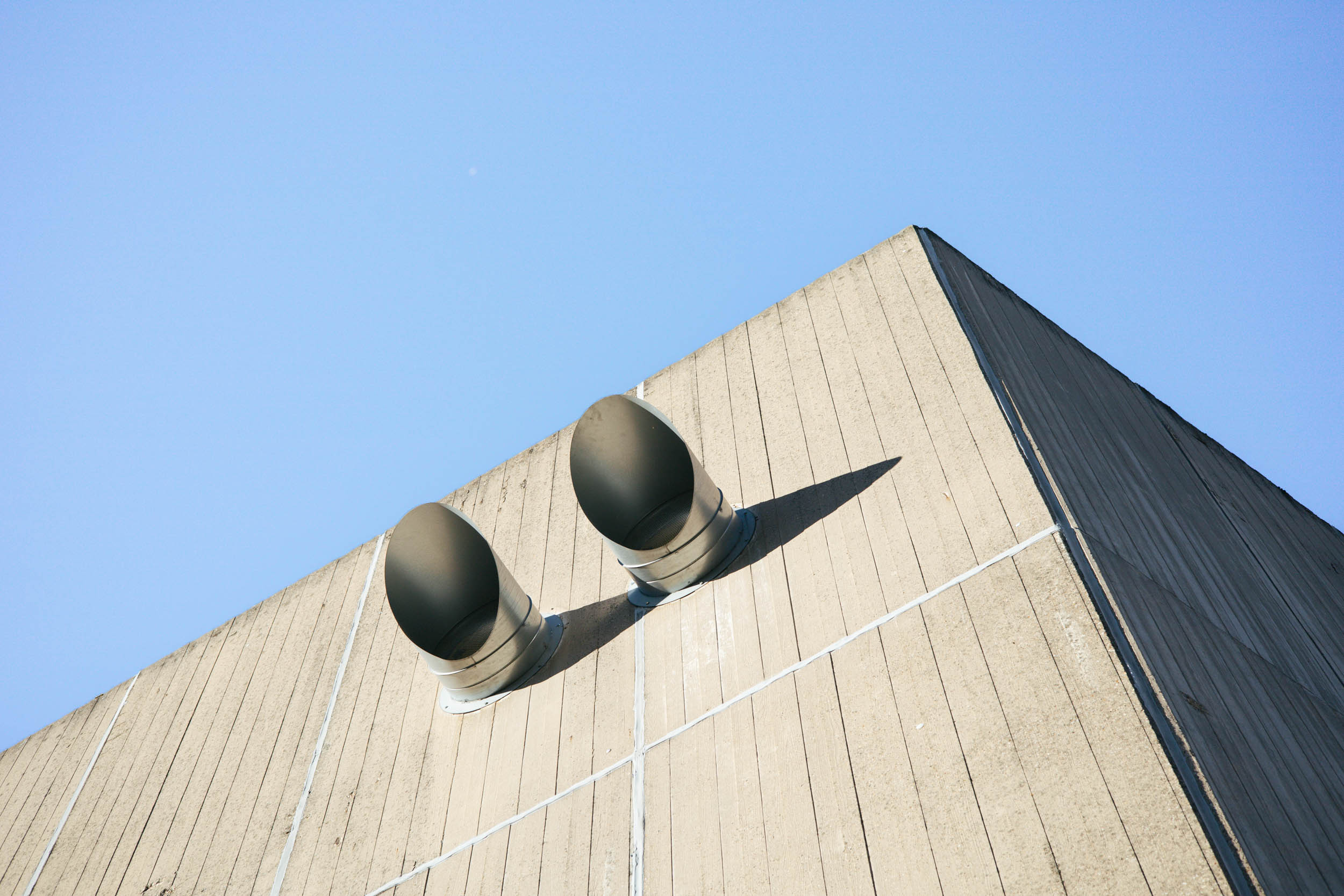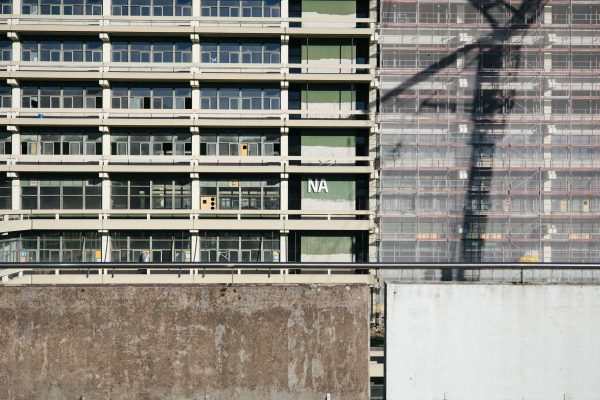The Ruhr University campus in Bochum houses what is probably one of the greatest contrasts of urban development. Following the war, a brutalist area was built in the middle of nature above the lake Kemnader See. Grey façades, stairs, and floor slabs of exposed concrete share the property with one of Germany’s most beautiful botanical gardens. Not only architecture enthusiasts will love this, but also people yearning for some rest and nature.
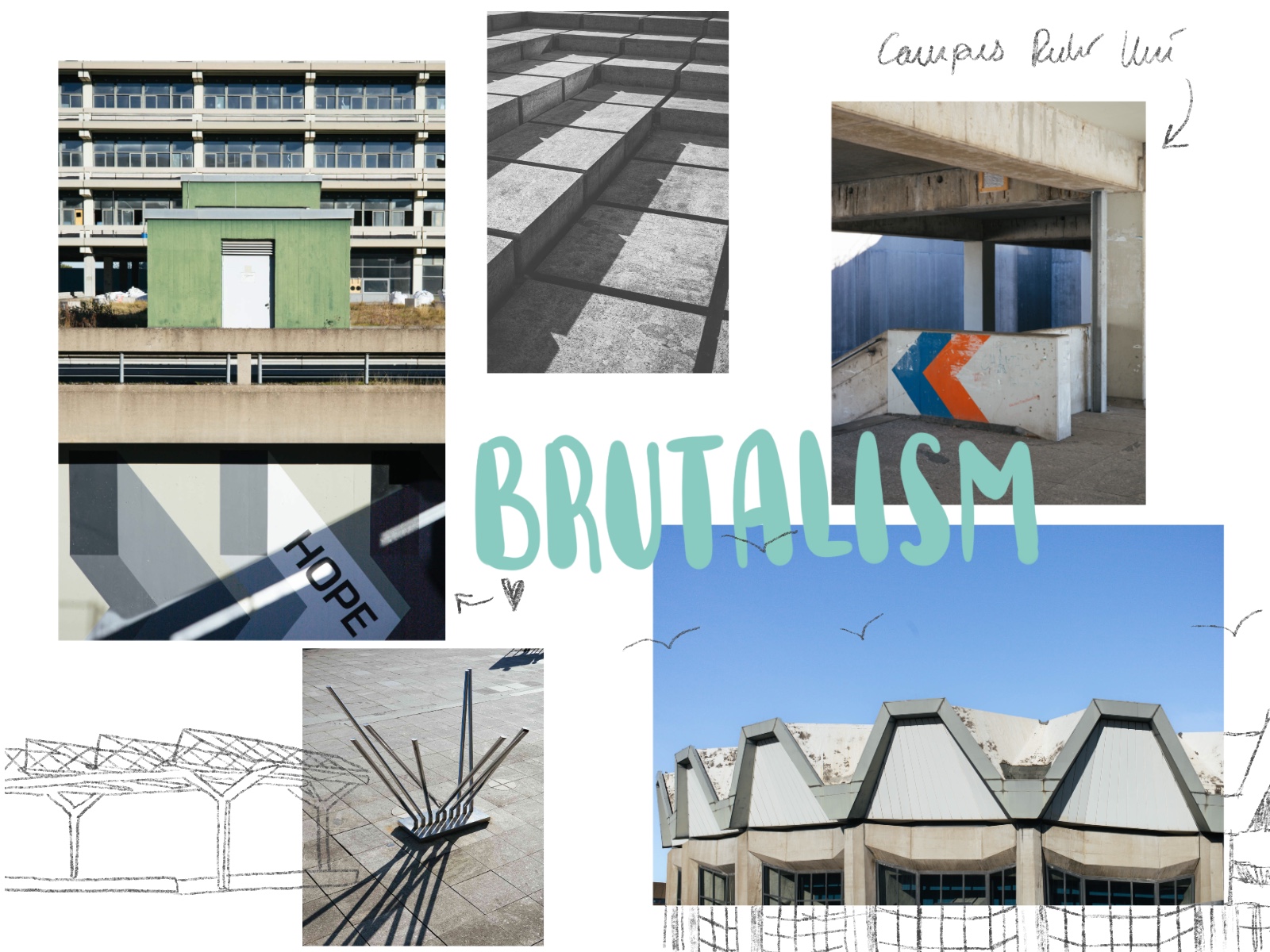
The first university newly founded after World War II in the middle of a workers’ region, the Ruhr-Universität is deemed symbolic of the new beginning in educational policy of the post-war period. The cruciform arrangement of the buildings keeps paths between them short. The central library, canteen, and main auditorium, all dating to the early 1970s, are located where the two axes intersect. The main auditorium is particularly interesting from an architectural point of view. Its footprint and the slanted roof’s trapezoid gable make the building reminiscent of a seashell, in reference to the idea of the university as a “harbour in the sea of knowledge”. Right across from it, the central library is a perfect example of the entire campus’ skeleton construction that kept construction times short in combination with a consistent grid size and the prefabricated concrete parts typical for Brutalism.
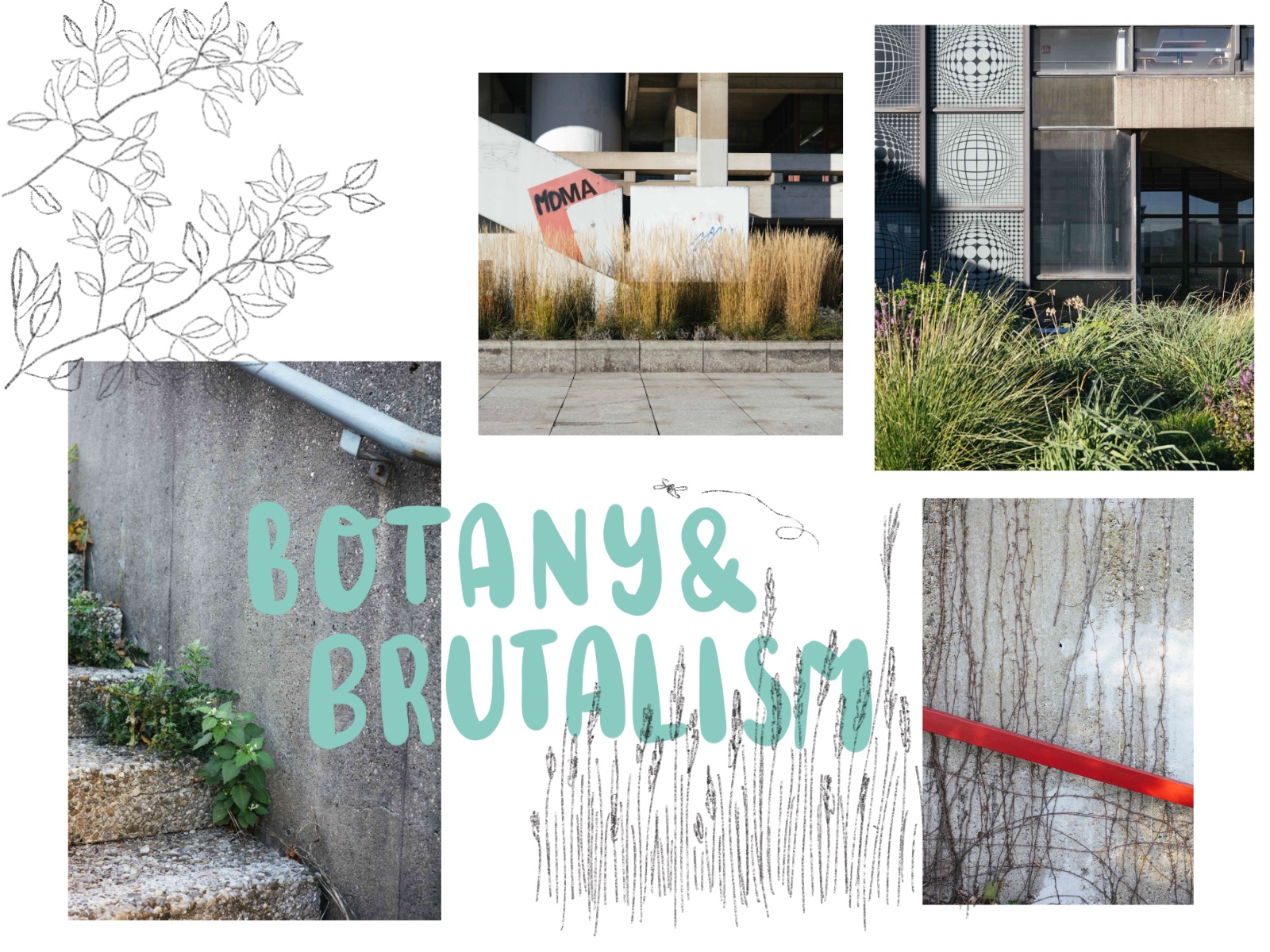
Even though the campus has some places where grey is the only colour you can see, nature does come through here and there. What used to be new and modern in the 1970s has aged since then. Weeds are breaking through the concrete in places. Other locations sport evidence of efforts at making the campus a bit greener and friendlier today. The contrast could not be any starker, and yet the transition is a fluent one. Many of the buildings have been subject to renovation and renewal for a few years. One thing remains unchanged, however, now just as it was back then: The gigantic view from the main auditorium down on the Klosterbusch and Lottental and all the way to lake Kemnader See.
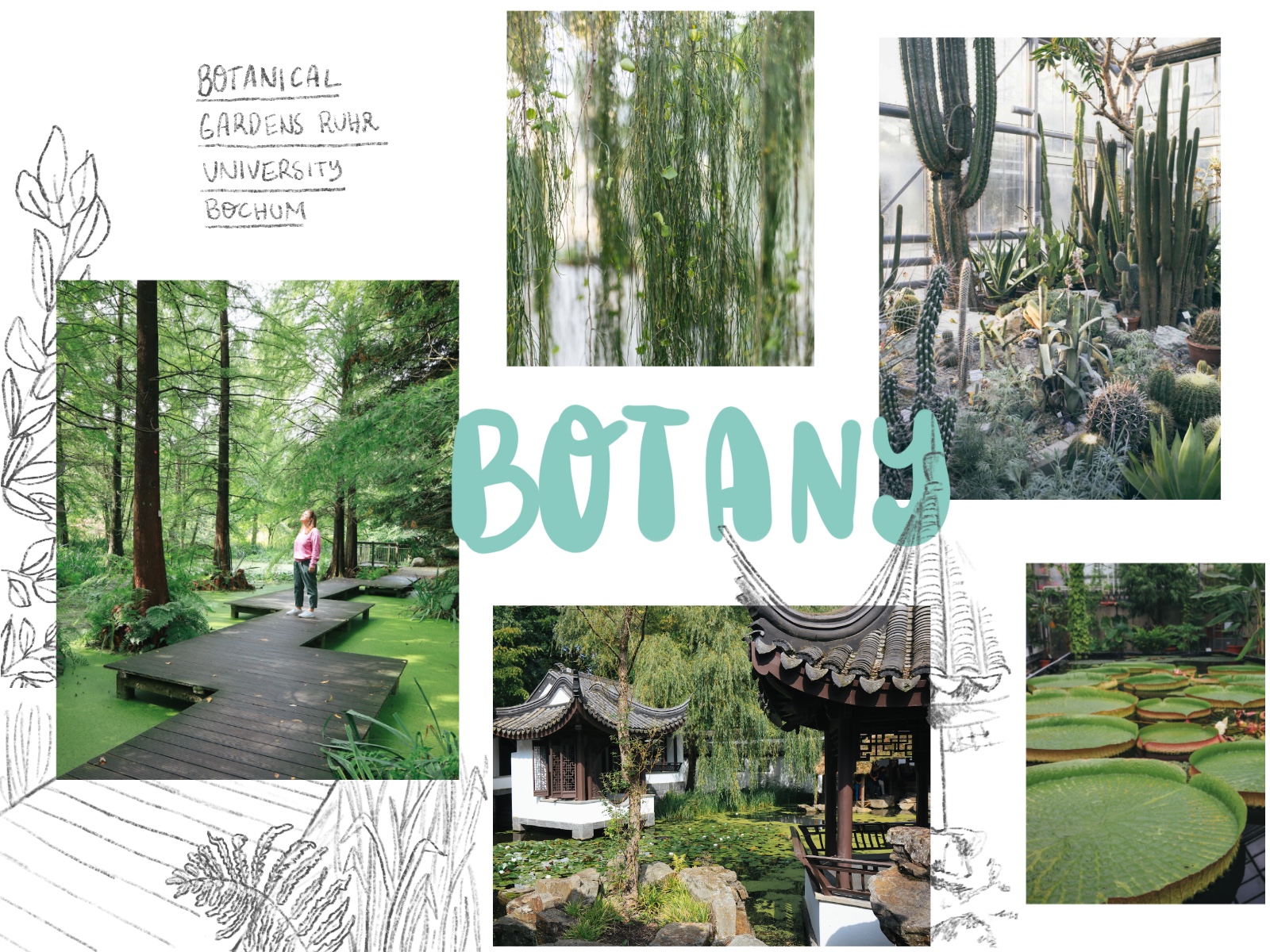
The botanical garden of Ruhr-Universität, a free, public park, is accessed by stairs leading down south of the campus. Its greenhouses hold famous giant water lilies, innumerable cactuses, and tropical plants. Many different paths lead ever deeper into the valley. The Chinese Garden “Quian Yuan” is particularly worth visiting. Fully enclosed within the park like a small oasis, it was a gift from the partner university in Shanghai. Architecture and nature merge in harmony here. On weekday mornings, this is a spot where one can listen to the waterfalls in perfect solitude, dreaming oneself to Asia for a moment or meditating. One of the garden’s Instagram hotspots is located a little farther towards the exit: The tertiary pond conveys an impression of the subtropical climate Europe used to have about 20 million years ago. This is where you can find bald cypresses growing in the water, surrounded by ferns and other swamp plants. A geometrical footbridge – contrasting with nature again – is leading visitors through the pond and back to the tropical greenhouses.
It’s worth getting to know both sides when visiting the Ruhr-Universität: Brutalism and botany.
Photos/illustration/text: Nina Hüpen-Bestendonk


